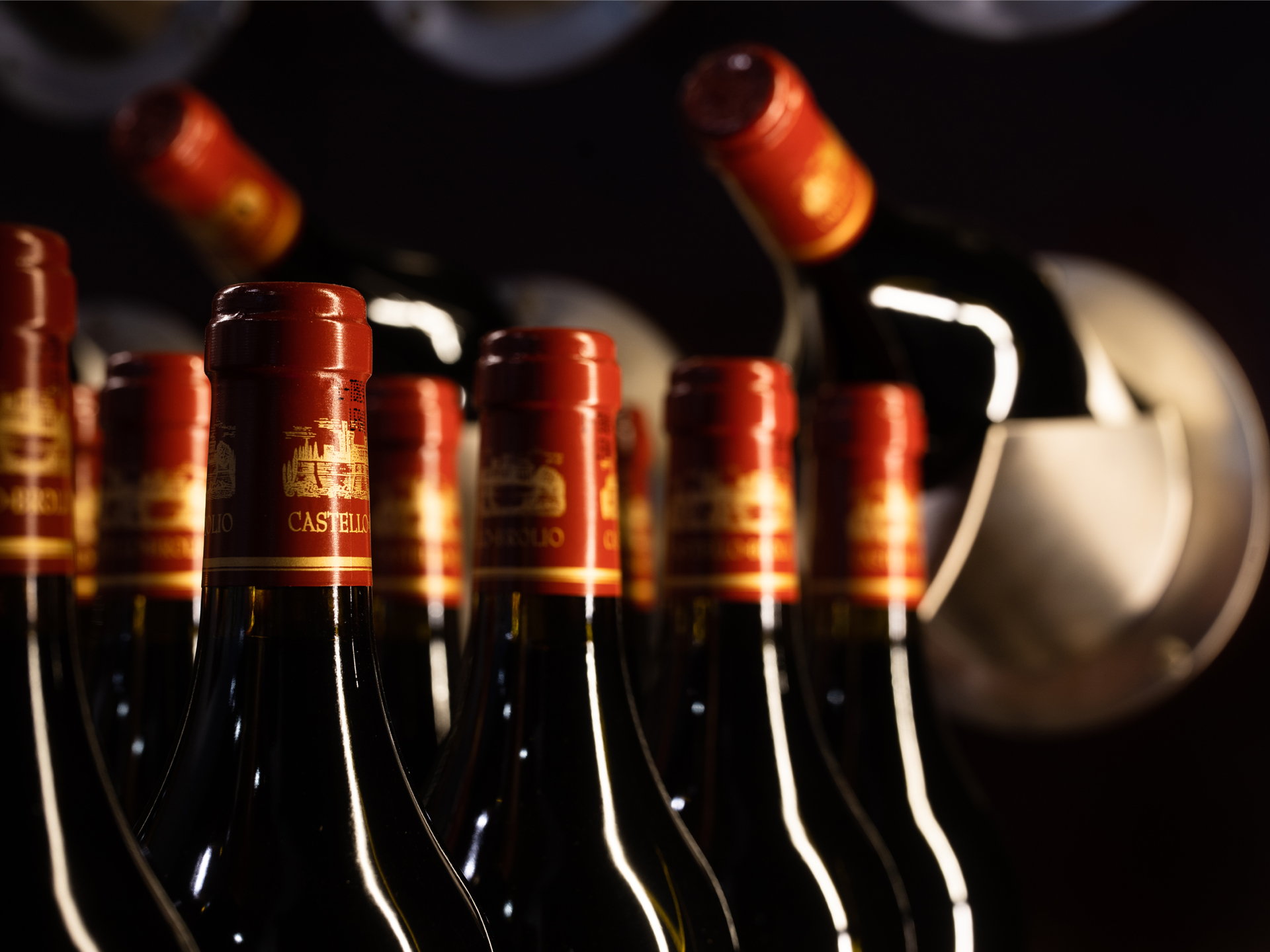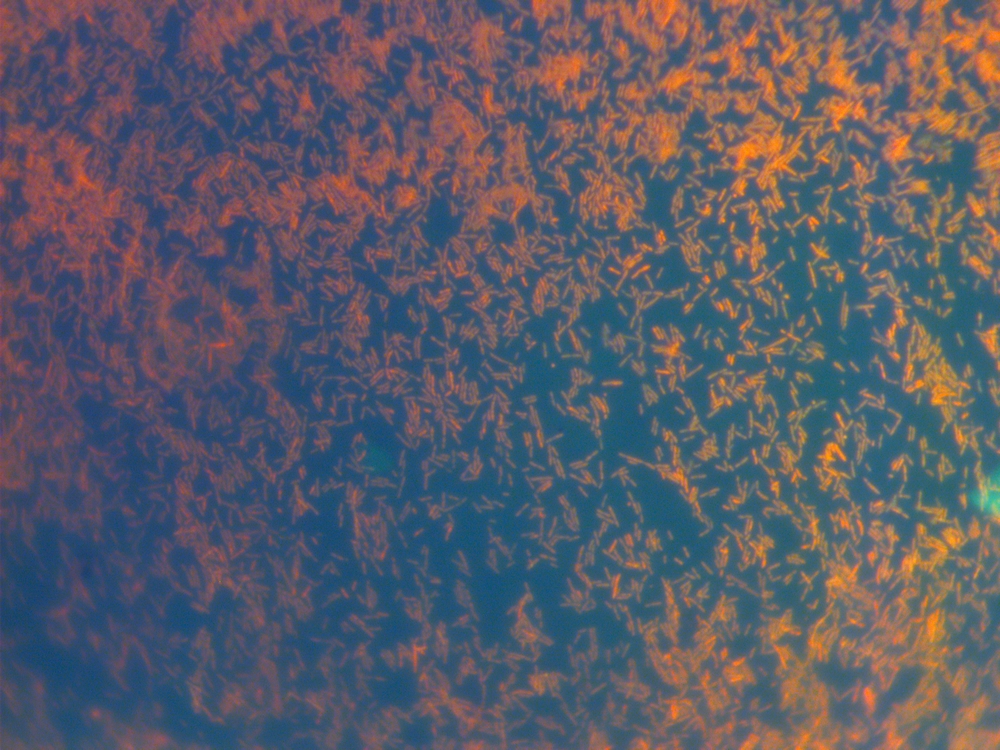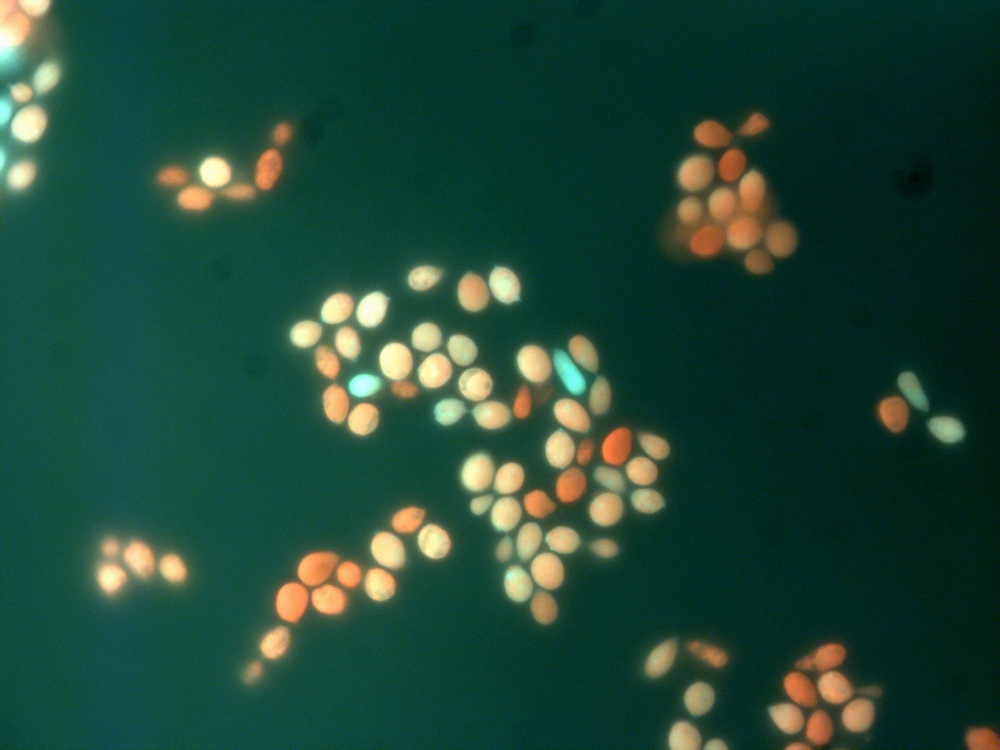
Brolio Highlights
04 November, 2022

In vitiviniculture, yeasts refer to a specific group of fungi used during the alcoholic fermentation process of wine. As previously reported, the conversion of the grape must into wine is a biochemical in which yeasts play a key role. By transforming the grape sugars into alcohol and carbon dioxide during the fermentation process, yeasts contribute to the wine’s organoleptic heritage and, thus, its quality.
However, the yeasts involved are not always the same, as many different species can be used. A first major distinction can be made between industrial yeasts and so-called indigenous yeasts. Industrial yeasts are strains chosen and selected based on their characteristics and the aromatic substances they produce during fermentation. They are isolated in a laboratory, reproduced, and marketed as dry powdered yeast.
Indigenous yeasts, however, are microorganisms that are naturally present on the grapes, which constitute their natural habitat. Autochthonous yeasts, which are native of certain areas, are among indigenous yeasts. The latter can also be found in the cellar. To ensure a progressively greater respect of its great wines to the characteristics of the terroir, Ricasoli began using indigenous yeasts selected for its Gran Selezione starting with the 2019 vintage. This offers an interesting combination of territoriality and microbiological technique, thanks to which the Brolio’s indigenous and autochthonous yeasts are selected and reproduced in the laboratory and subsequently used in the cellar.







